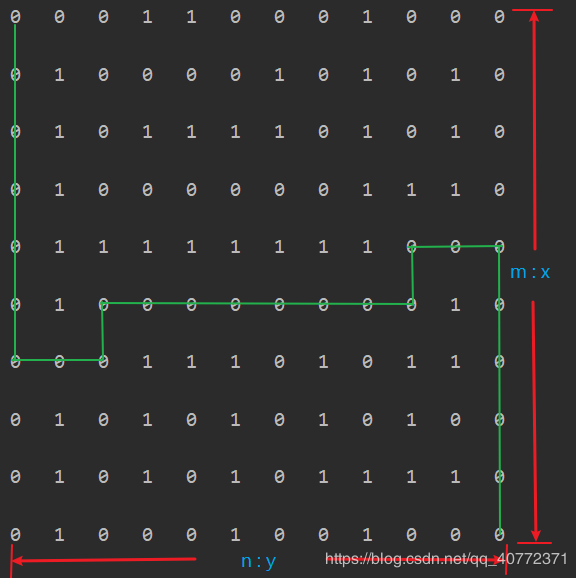在python中使用正则表达式查找可嵌套字符串组
在网上看到一个小需求,需要用正则表达式来处理。原需求如下:
找出文本中包含”因为……所以”的句子,并以两个词为中心对齐输出前后3个字,中间全输出,如果“因为”和“所以”中间还存在“因为”“所以”,也要找出来,另算一行,输出格式为:
行号 前面3个字 *因为* 全部 &所以& 后面3个字(标点符号算一个字)
2 还不是 *因为* 这里好, &所以& 没有人
实现方法如下:
#encoding:utf-8
import os
import re
def getPairStriList(filename):
pairStrList = []
textFile = open(filename, 'r')
pattern = re.compile(u'.{3}\u56e0\u4e3a.*\u6240\u4ee5.{3}') #u'\u56e0\u4e3a和u'\u6240\u4ee5'分别为“因为”和“所以”的utf8码
for line in textFile:
utfLine = line.decode('utf8')
result = pattern.search(utfLine)
while result:
resultStr = result.group()
pairStrList.append(resultStr)
result = pattern.search(resultStr,2,len(resultStr)-2)
#对每个字符串进行格式转换和拼接
for i in range(len(pairStrList)):
pairStrList[i] = pairStrList[i][:3] + pairStrList[i][3:5].replace(u'\u56e0\u4e3a',u' *\u56e0\u4e3a* ',1) + pairStrList[i][5:]
pairStrList[i] = pairStrList[i][:len(pairStrList[i])-5] + pairStrList[i][len(pairStrList[i])-5:].replace(u'\u6240\u4ee5',u' &\u6240\u4ee5& ',1)
pairStrList[i] = str(i+1) + ' ' + pairStrList[i]
return pairStrList
if __name__ == '__main__':
pairStrList = getPairStriList('test.txt')
for str in pairStrList:
print str
PS:下面看下python里使用正则表达式的组嵌套
由于组本身是一个完整的正则表达式,所以可以将组嵌套在其他组中,以构建更复杂的表达式。下面的例子,就是进行组嵌套的例子:
#python 3.6
#蔡军生
#http://blog.csdn.net/caimouse/article/details/51749579
#
import re
def test_patterns(text, patterns):
"""Given source text and a list of patterns, look for
matches for each pattern within the text and print
them to stdout.
"""
# Look for each pattern in the text and print the results
for pattern, desc in patterns:
print('{!r} ({})\n'.format(pattern, desc))
print(' {!r}'.format(text))
for match in re.finditer(pattern, text):
s = match.start()
e = match.end()
prefix = ' ' * (s)
print(
' {}{!r}{} '.format(prefix,
text[s:e],
' ' * (len(text) - e)),
end=' ',
)
print(match.groups())
if match.groupdict():
print('{}{}'.format(
' ' * (len(text) - s),
match.groupdict()),
)
print()
return
例子:
#python 3.6 #蔡军生 #http://blog.csdn.net/caimouse/article/details/51749579 # from re_test_patterns_groups import test_patterns test_patterns( 'abbaabbba', [(r'a((a*)(b*))', 'a followed by 0-n a and 0-n b')], )
结果输出如下:
'a((a*)(b*))' (a followed by 0-n a and 0-n b)
'abbaabbba'
'abb' ('bb', '', 'bb')
'aabbb' ('abbb', 'a', 'bbb')
'a' ('', '', '')
总结
以上所述是小编给大家介绍的在python中使用正则表达式查找可嵌套字符串组,希望对大家有所帮助,如果大家有任何疑问请给我留言,小编会及时回复大家的。在此也非常感谢大家对【听图阁-专注于Python设计】网站的支持!
